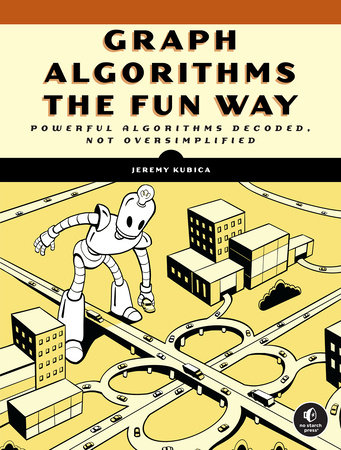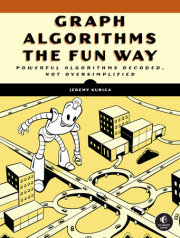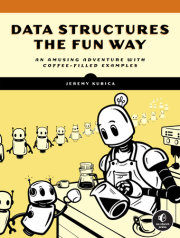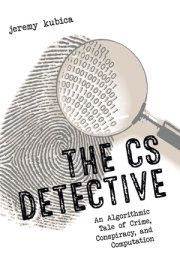Introduction
Part I: Graph Basics
Chapter 1: Representing Graphs
Chapter 2: Neighbors and Neighborhoods
Chapter 3: Paths Through Graphs
Part II: Search and Shortest Paths
Chapter 4: Depth-First Search
Chapter 5: Breadth-First Search
Chapter 6: Solving Puzzles
Chapter 7: Shortest Paths
Chapter 8: Heuristic Guided Searches
Part III: Connectivity and Ordering
Chapter 9: Topological Sort
Chapter 10: Minimum Spanning Tree
Chapter 11: Bridges and Articulation Points
Chapter 12: Strongly Connected Components
Chapter 13: Random Walks
Part IV: Max-Flow and Bipartite Matching
Chapter 14: Max-Flow Algorithms
Chapter 15: Bipartite Graphs and Bipartite Matching
Part V: Hard Graph Problems
Chapter 16: Graph Coloring
Chapter 17: Independent Sets and Cliques
Chapter 18: Tours Through Graphs
Appendix A: Constructing Graphs
Appendix B: Priority Queue
Appendix C: Union-Find
Conclusion










